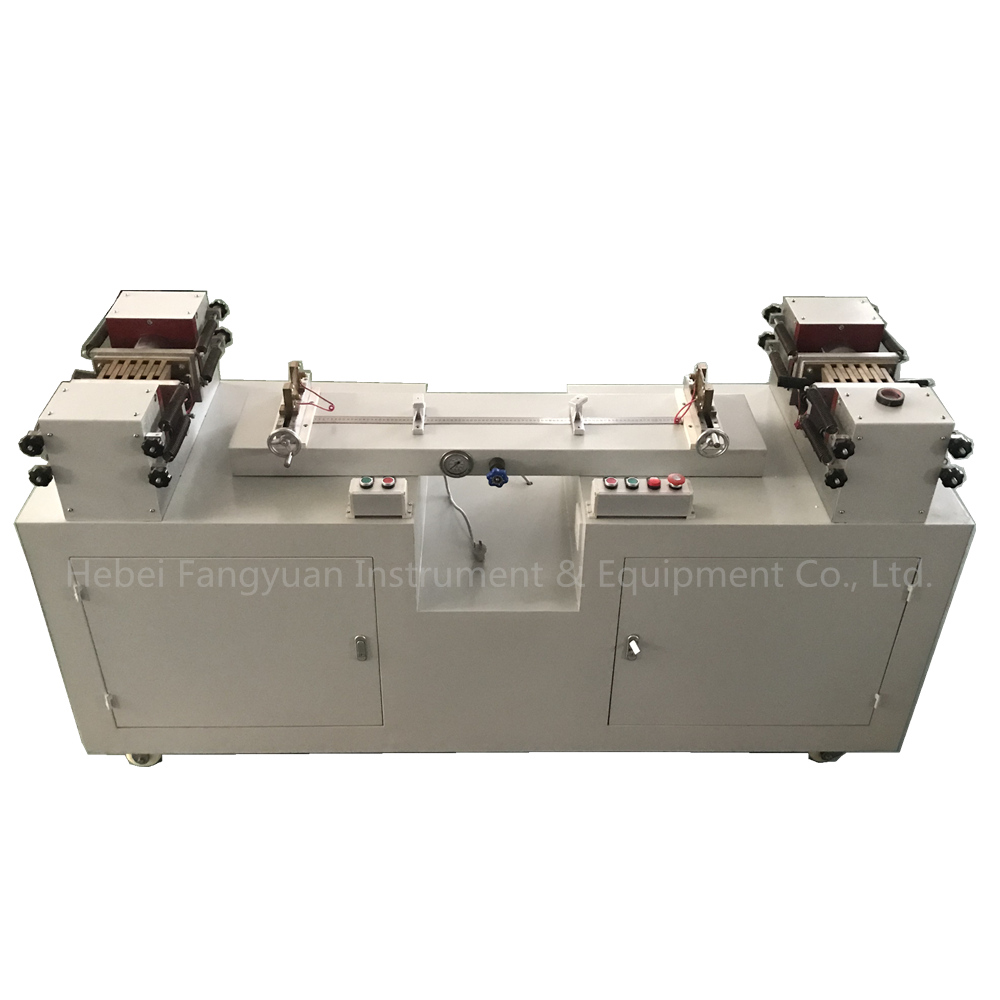Factories Specializing in Cable Load Burning Test Machines and Their Production Processes
The Importance of Cable Load Burning Test Machines in Electrical Manufacturing
In today's rapidly advancing technological landscape, ensuring the safety and reliability of electrical components is paramount. One critical aspect of this process is the testing of cables, which serve as the backbone for nearly all electrical systems. Cable load burning test machines have emerged as essential tools in the manufacturing process, allowing factories to evaluate the performance of cables under extreme conditions before they reach the market.
Understanding Cable Load Burning Tests
Cable load burning testing involves subjecting electrical cables to elevated temperatures and loads to assess their insulation integrity, heat resistance, and overall performance. This testing simulates real-world conditions that cables may encounter during their operational life. The test primarily focuses on how cables react under stress, particularly their ability to withstand high temperatures without igniting or causing damage.
The Functionality of Cable Load Burning Test Machines
Cable load burning test machines are specialized devices designed to carry out these tests systematically and efficiently. These machines typically consist of a heating element, a power supply, and monitoring systems that track the temperature and load applied to the cables. The key functions of these machines include
1. Temperature Control Maintaining precise temperature levels is crucial for testing cable performance. The machines are equipped with advanced temperature control systems that allow for incremental adjustments to mimic various environmental conditions.
2. Load Application The ability to apply consistent electrical load is vital for accurate results. These machines can simulate different load conditions, effectively testing the cable's performance under typical and extreme scenarios.
cable load burning test machine factories

3. Data Recording Modern cable load burning test machines are integrated with data acquisition systems that collect and analyze test data in real-time. This data aids manufacturers in identifying potential weaknesses in cable constructions.
4. Safety Features Given the hazards associated with high temperatures and electrical currents, these machines are designed with several safety features to protect operators and maintain the integrity of the testing process.
The Role of Factories in Testing
Manufacturing factories that produce electrical cables play a crucial role in ensuring that their products meet industry standards. By investing in cable load burning test machines, these factories can conduct in-house testing, which streamlines the quality control process. This capability not only helps in detecting flaws early in production but also reduces the time and costs associated with external testing.
Furthermore, with rising regulations and consumer expectations for safety and reliability, manufacturers are under pressure to provide high-quality products. The ability to perform thorough testing using these machines supports compliance with international standards, such as IEC and UL certifications. Factories equipped with reliable testing systems can instill confidence in their customers, thereby enhancing their market reputation.
The Future of Cable Testing
As technology progresses, cable load burning test machines are also evolving. Innovations such as automation, enhanced data analytics, and artificial intelligence are being integrated into testing processes. These developments promise to improve the precision and efficiency of tests, ensuring that manufacturers can keep pace with the increasing demand for high-performance cables.
In conclusion, cable load burning test machines are vital tools in the manufacturing of electrical cables. They provide manufacturers with the capability to ensure the reliability and safety of their products, thereby protecting end-users and enhancing brand reputation. As the industry continues to advance, the role of these machines will undoubtedly become more critical, cementing their place in modern electrical manufacturing.
-
advancing-precision-with-profile-projector-technology
NewsAug.23,2025
-
uv-led-ultraviolet-crosslinking-technology-innovation-and-prospects
NewsAug.23,2025
-
ensuring-safety-and-compliance
NewsAug.23,2025
-
electrical-properties-testing-in-modern-applications
NewsAug.23,2025
-
universal-tensile-testing-machine-applications-in-modern-electrical-and-material-testing
NewsAug.23,2025
-
The Role of Tensile Force Testers in Quality Control and Material Science
NewsAug.01,2025
 Copyright © 2025 Hebei Fangyuan Instrument & Equipment Co.,Ltd. All Rights Reserved. Sitemap | Privacy Policy
Copyright © 2025 Hebei Fangyuan Instrument & Equipment Co.,Ltd. All Rights Reserved. Sitemap | Privacy Policy

